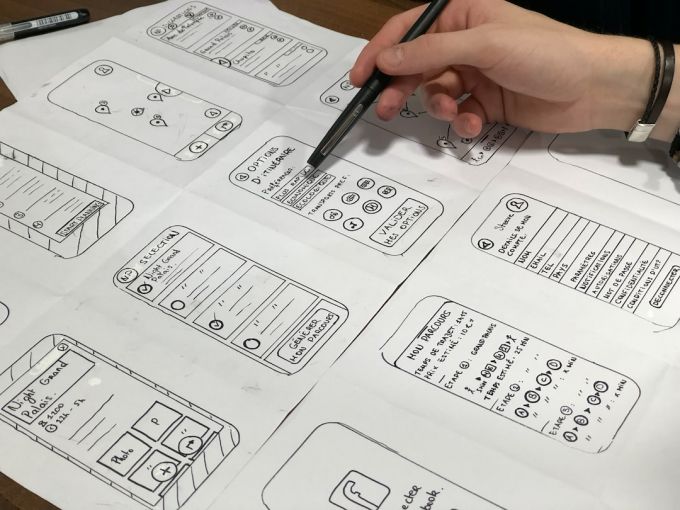In the ever-evolving world of technology, user experience has become a crucial aspect of any successful product or service. Users now expect more than just functionality; they want an engaging and intuitive experience that is tailored to their needs and desires. This is where microinteractions come into play. Microinteractions are the small, subtle details that enhance the overall user experience and make it more enjoyable and satisfying. In this article, we will explore the importance of microinteractions and how they can be effectively used to enhance user experience.
What are Microinteractions?
Microinteractions are the tiny interactions that occur within a product or service. They are the small details that make a big difference in the overall user experience. Whether it’s a button that changes color when clicked, a progress bar that shows the completion of a task, or a notification that informs the user about a new message, microinteractions are designed to provide feedback, guide users, and create a delightful experience.
Why are Microinteractions Important?
Microinteractions play a crucial role in enhancing user experience for several reasons. Firstly, they provide immediate feedback to users, letting them know that their actions have been recognized and that the system is responding. This feedback helps users feel in control and confident in their interactions with the product or service.
Secondly, microinteractions guide users through complex processes by breaking them down into smaller, more manageable steps. They provide clear instructions and progress indicators, making it easier for users to navigate and complete tasks without feeling overwhelmed.
Thirdly, microinteractions create a sense of delight and surprise. When done right, they can add a touch of personality and playfulness to the user experience, making it more engaging and enjoyable. These small details can leave a lasting impression on users and differentiate a product or service from its competitors.
Examples of Effective Microinteractions
Now that we understand the importance of microinteractions, let’s explore some examples of how they can be effectively used to enhance user experience.
1. Animated Feedback: When a user interacts with a button or a form, providing visual feedback through animation can make the experience more interactive and satisfying. For example, a button that changes color or size when clicked can indicate that the action has been successfully completed.
2. Progress Indicators: When users are completing a multi-step process, such as filling out a form or making a purchase, having a progress indicator can help them understand where they are in the process and how much is left. This reduces frustration and improves the overall user experience.
3. Notifications: Timely and relevant notifications can keep users informed and engaged. Whether it’s a new message, a system update, or a reminder, notifications can provide valuable information without interrupting the user’s workflow.
4. Microcopy: Microcopy refers to the small snippets of text that accompany microinteractions. They can be used to provide instructions, error messages, or confirmation messages. Well-crafted microcopy can make the user experience more intuitive and user-friendly.
Conclusion: The Power of Microinteractions
In conclusion, microinteractions are the small details that have a big impact on user experience. By providing immediate feedback, guiding users through complex processes, and creating a sense of delight and surprise, microinteractions enhance the overall user experience and make it more enjoyable and satisfying. When designing a product or service, it is important to consider these small details and use them effectively to create a memorable and engaging user experience. So, the next time you interact with a product or service, pay attention to the microinteractions and see how they enhance your experience.





